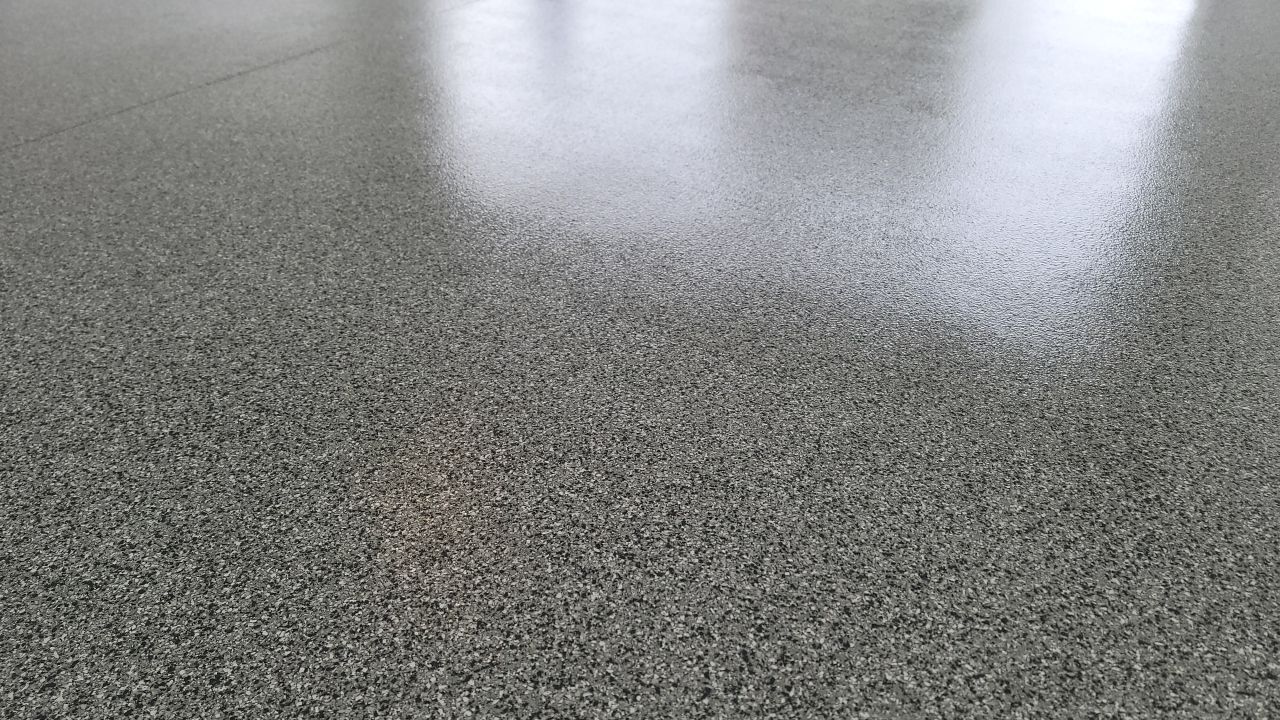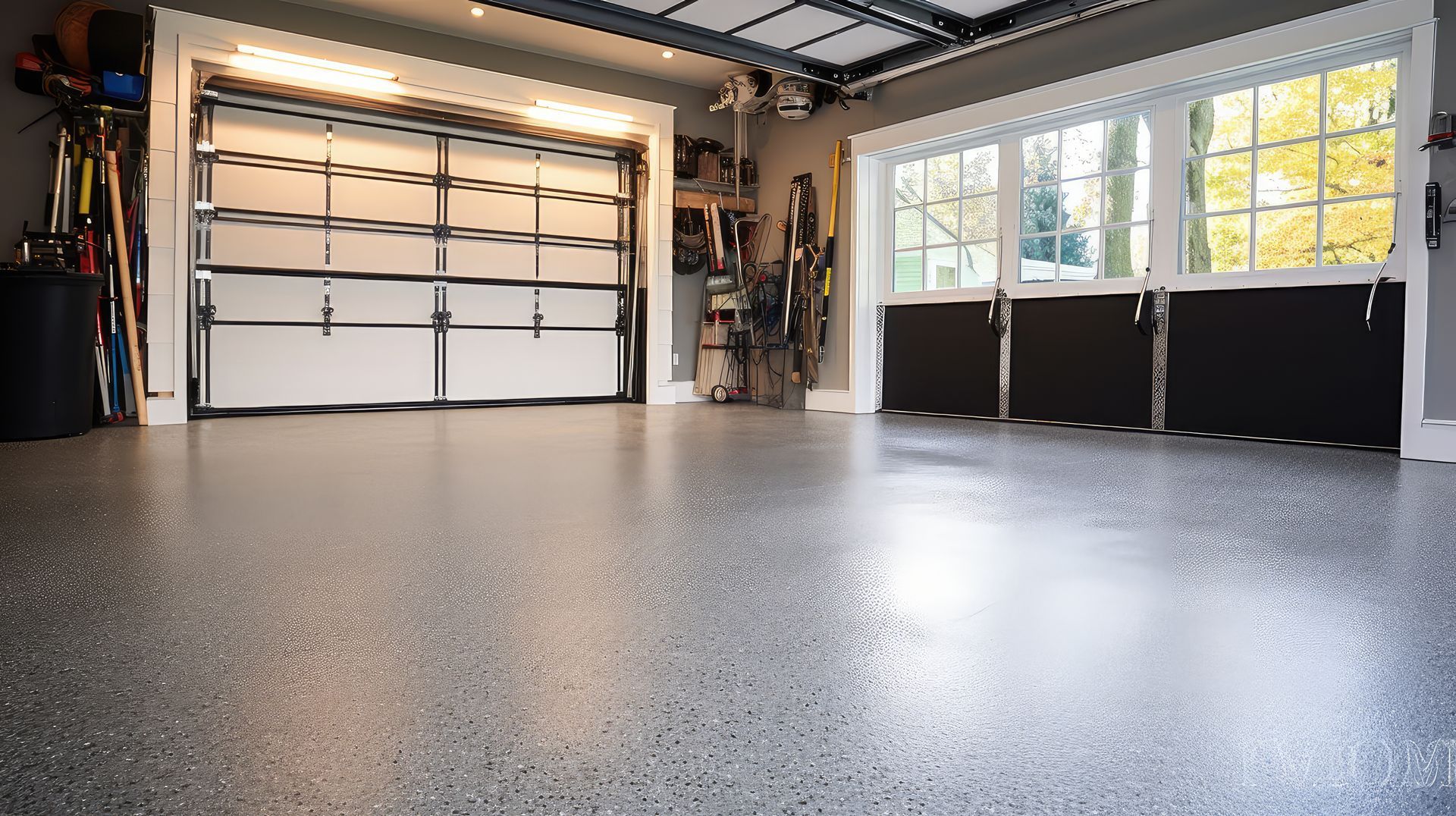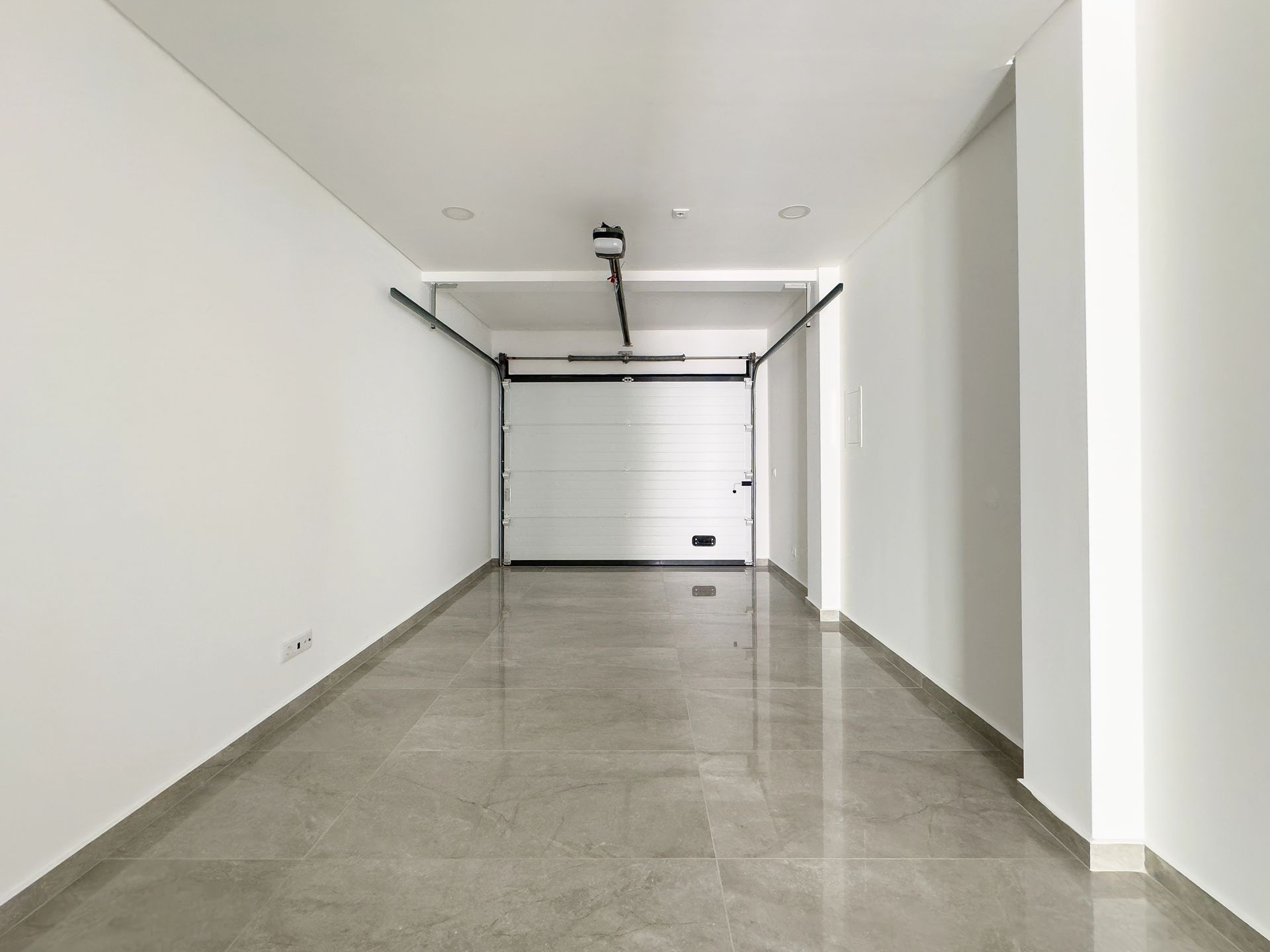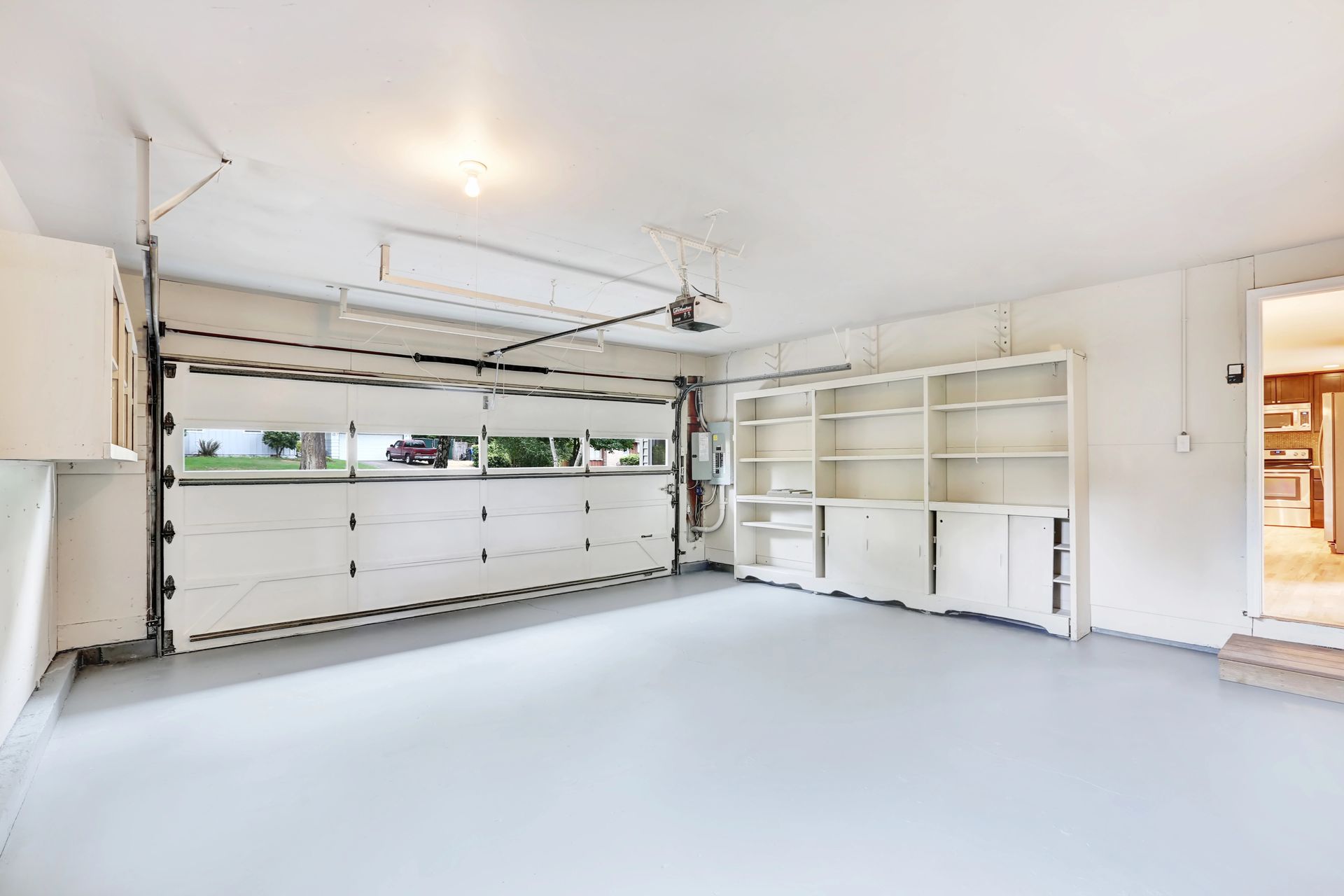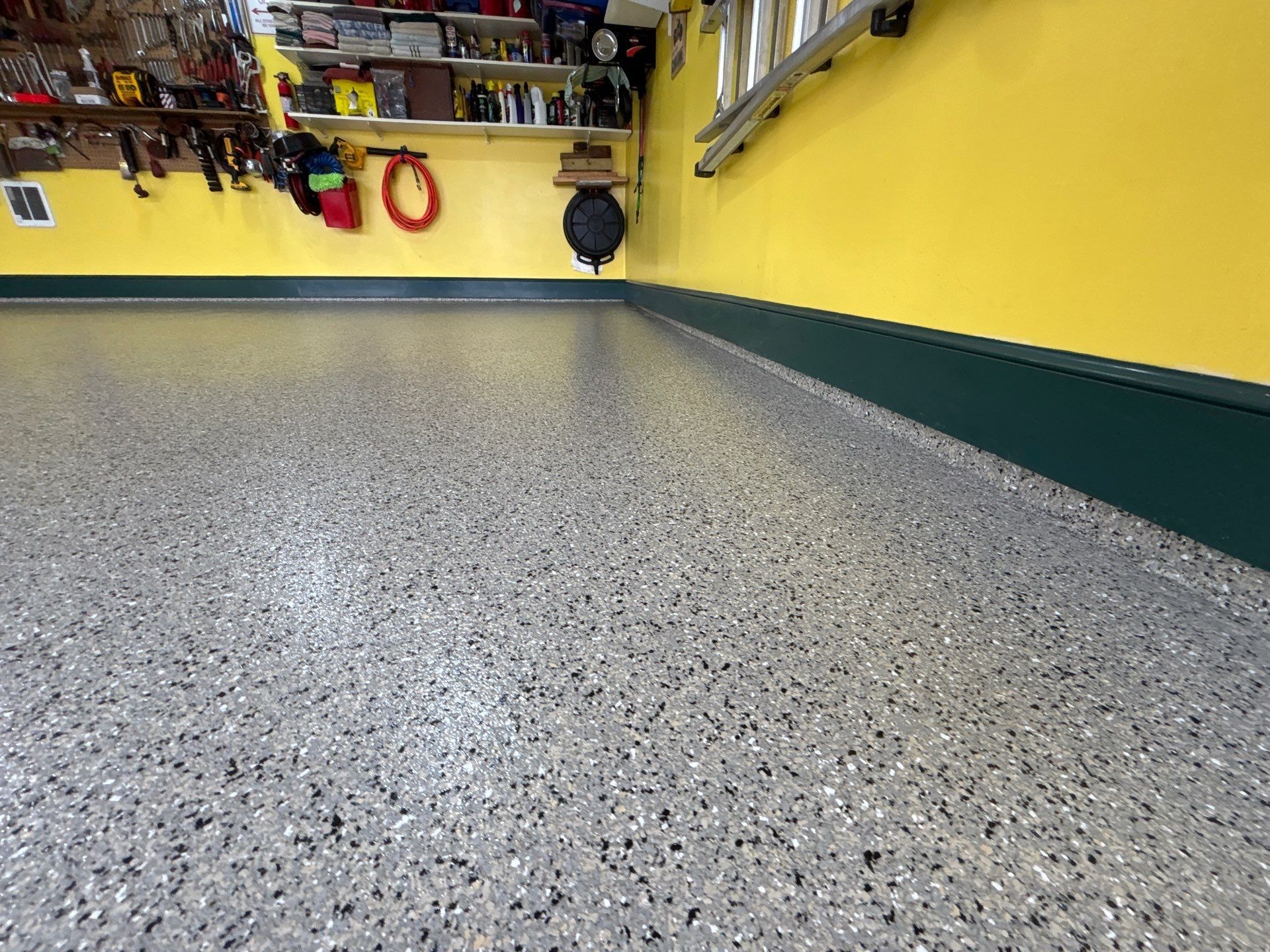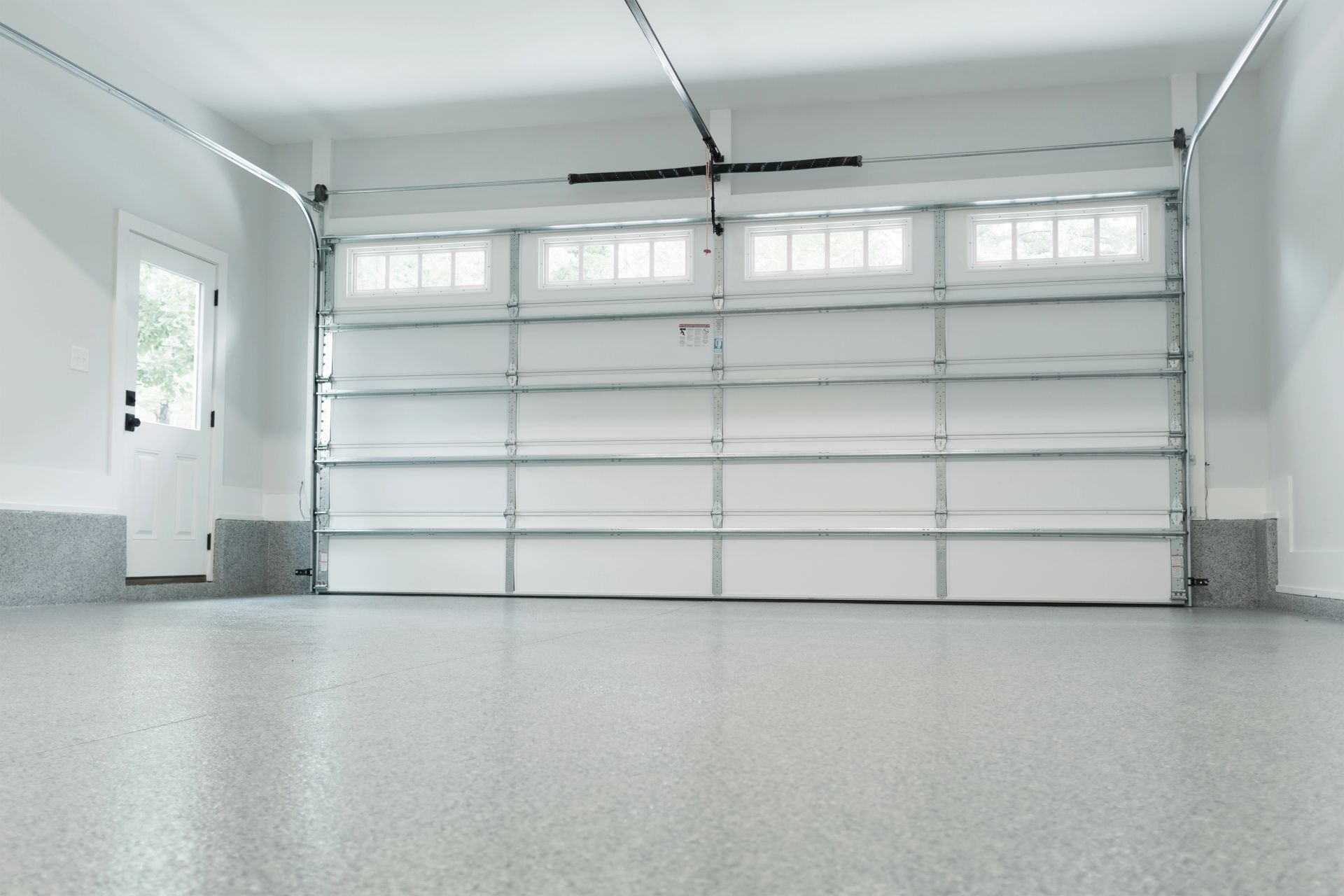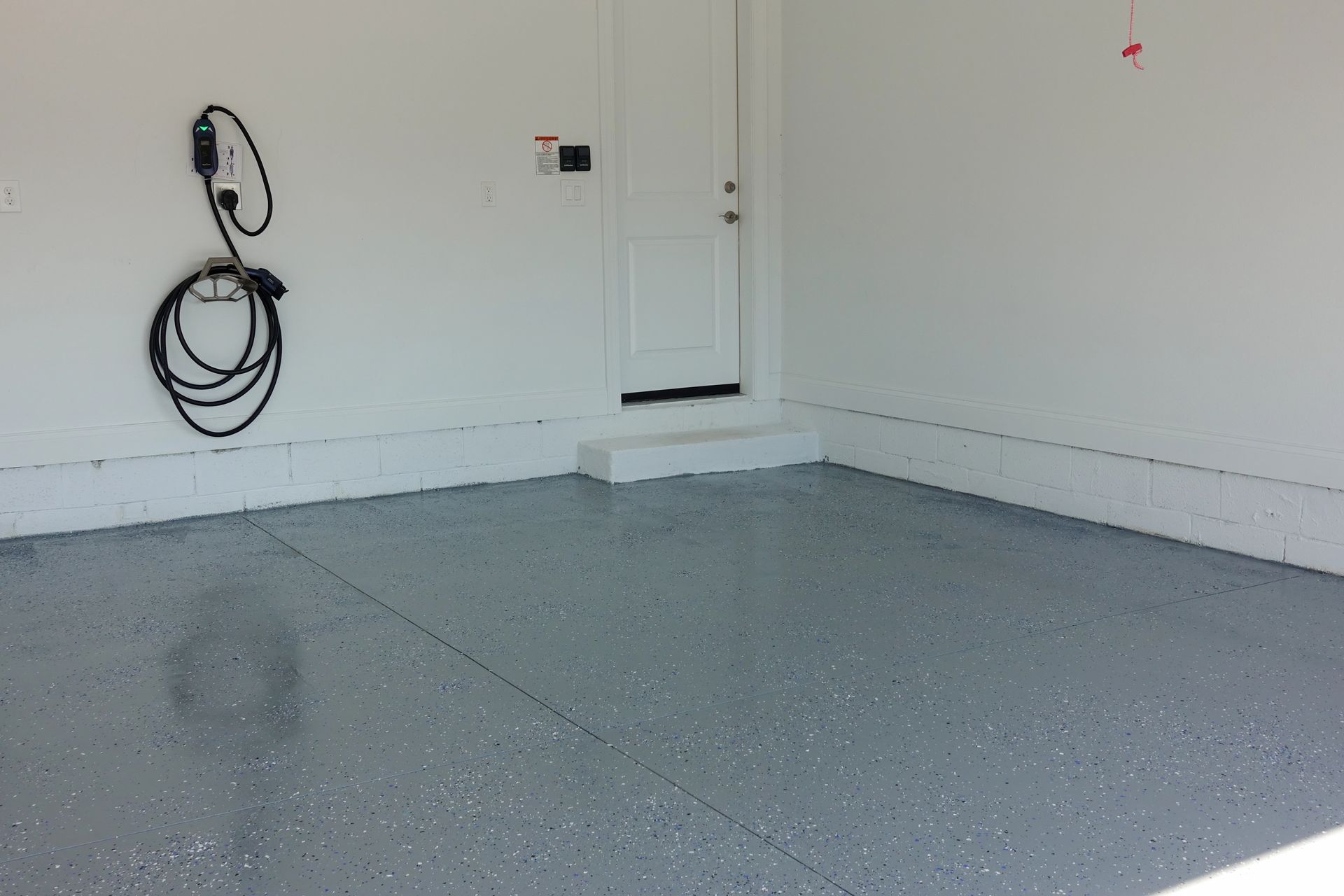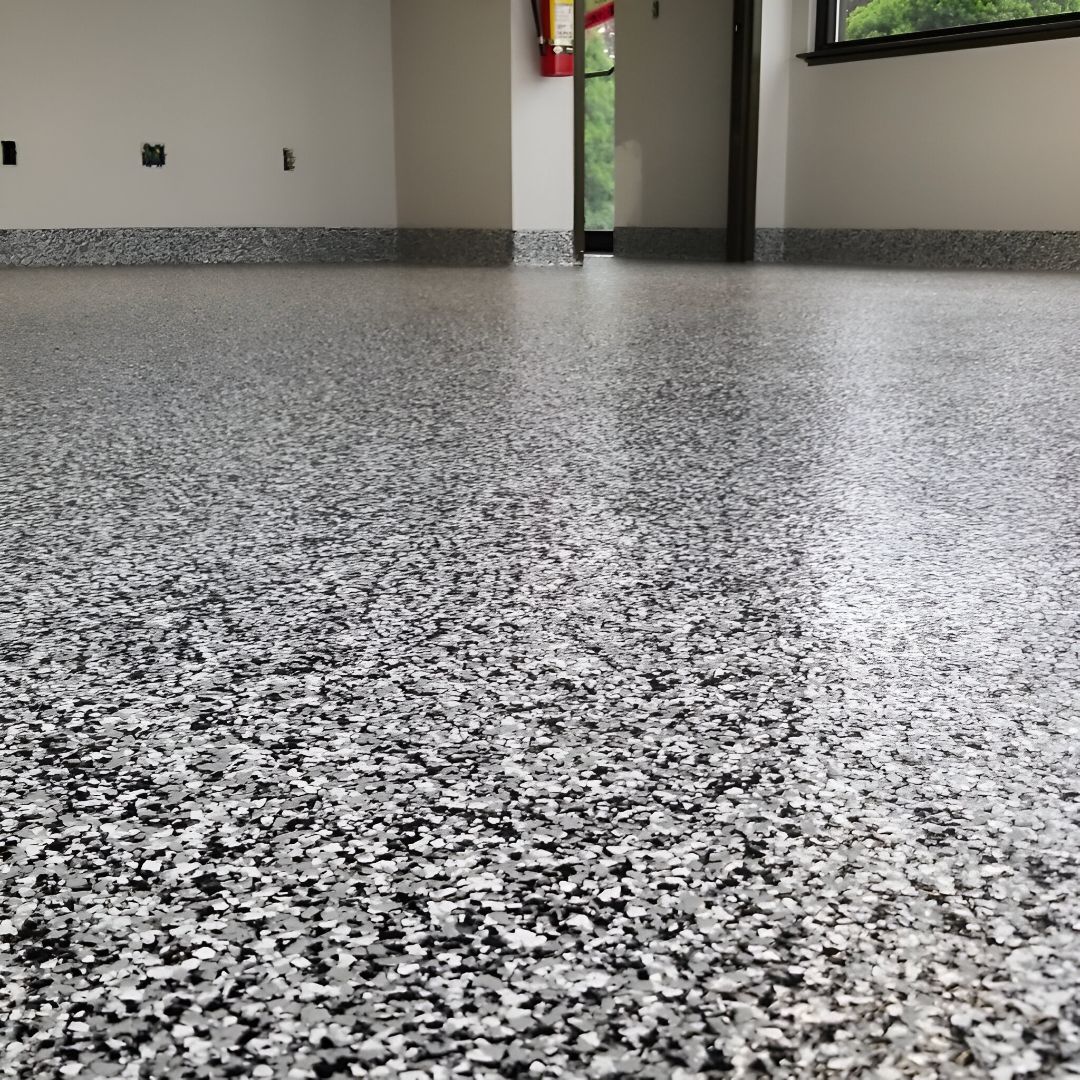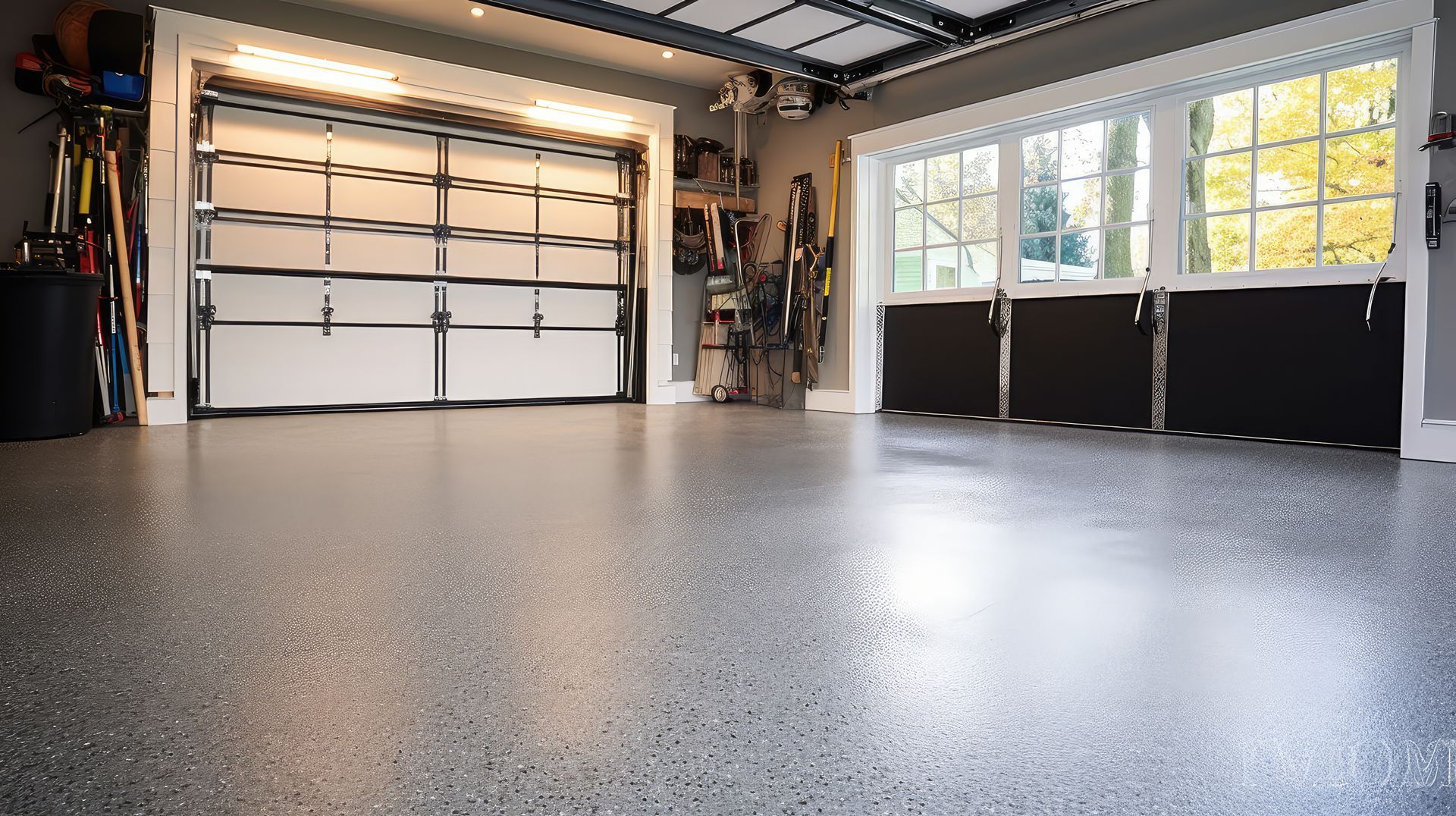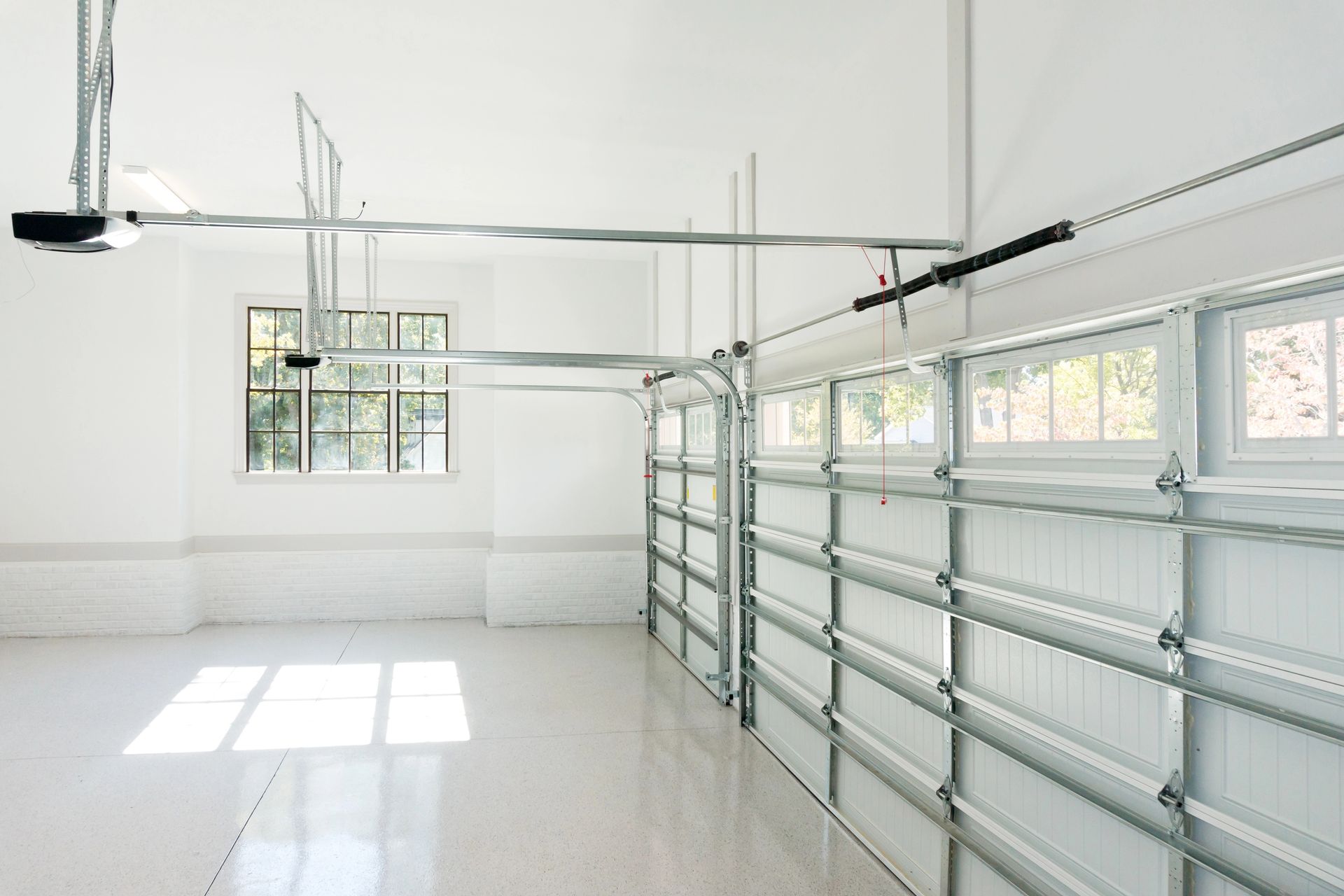Commercial Curb Appeal: Strategic Improvements That Boost Property Value and Accelerate Sales
Key Takeaways
- First impressions form within seconds and directly impact buyer interest and property valuation
- Strategic exterior improvements can increase commercial property appeal while reducing time on market
- Professional maintenance and appearance updates often provide strong returns through faster sales and higher offers
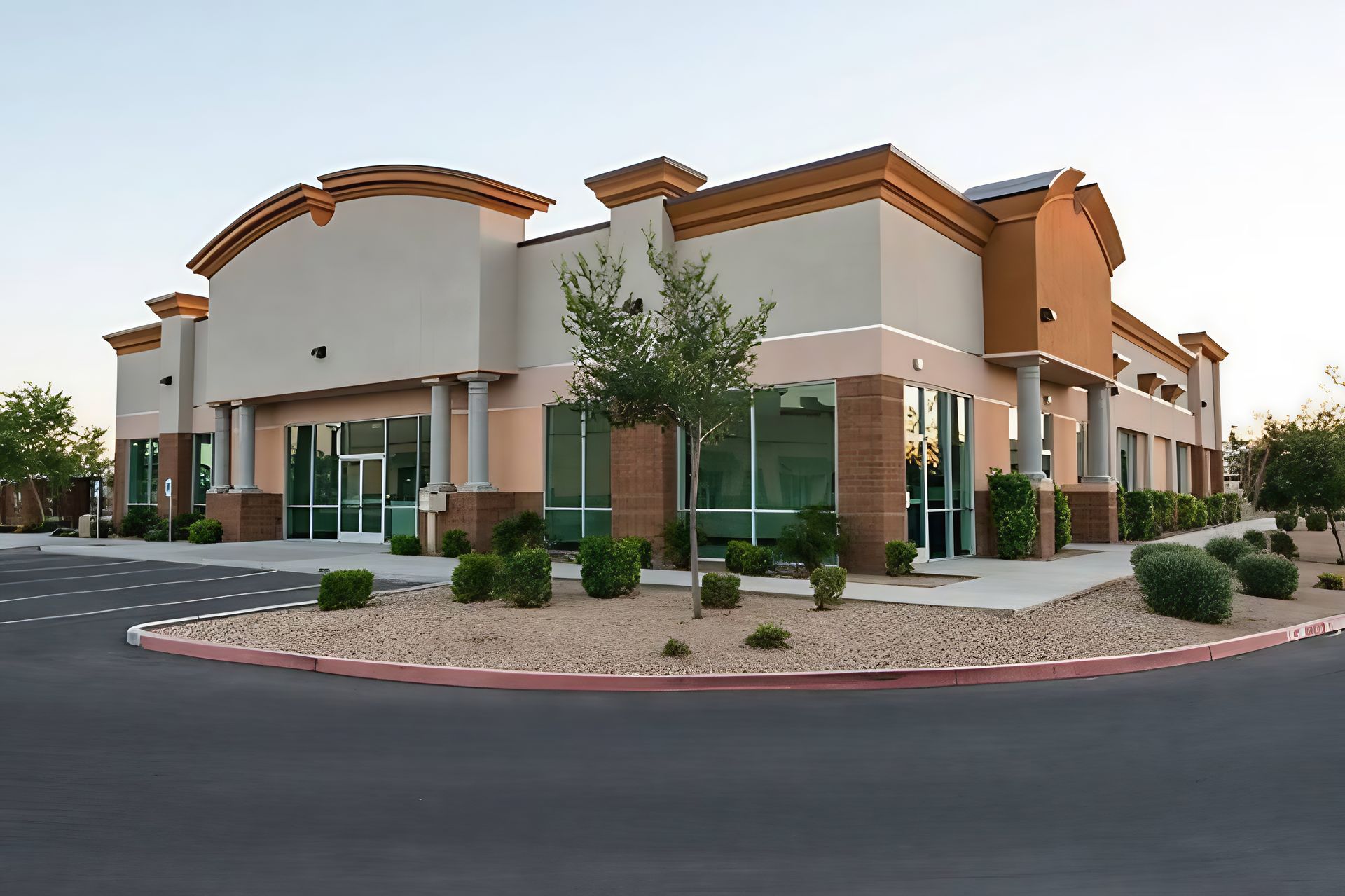
In commercial real estate, first impressions aren't just important—they're everything. Commercial buyers and tenants make rapid decisions based on what they see from the street. A property that looks tired, outdated, or poorly maintained signals deferred maintenance and reduced value before prospective buyers ever step inside.
The challenge is maximizing return on investment while preparing for sale. Not every improvement generates positive ROI, and some upgrades overcapitalize the property for its market. Understanding which exterior improvements deliver measurable returns is crucial for successful positioning.
The Economics of Commercial Curb Appeal
Commercial properties are valued primarily on income potential and replacement cost, but curb appeal directly impacts both by influencing tenant demand, rental rates, and buyer perception of maintenance requirements.
Properties with strong curb appeal command higher rental rates because they attract better tenants who pay premium prices for professional image. These same properties sell faster because they generate more buyer interest and create positive first impressions that carry through the entire viewing process.
Properties requiring obvious exterior maintenance typically sell below market value, while properties with excellent curb appeal often receive multiple offers above asking price. A well-maintained exterior suggests professional management and reduced future maintenance costs, while visible problems signal potential hidden issues that buyers factor into their offers.
Assessing Your Property's Current Appeal
Before investing in improvements, objectively assess your property's curb appeal. Drive by at different times and weather conditions. Take photos from various angles. What impression does your property create compared to neighboring buildings and competing properties?
Common curb appeal detractors include faded or peeling exterior paint, cracked or stained concrete, outdated signage, poor landscaping, and visible mechanical equipment. Properties from different decades face era-specific challenges—1980s buildings often feature dated color schemes, while 1990s properties may have functional but uninspiring exteriors.
The goal isn't creating the most expensive-looking property in your market—it's ensuring your property doesn't stand out for negative reasons while presenting a professional, well-maintained appearance.
High-Impact Exterior Painting
Professional exterior painting represents one of the highest-return curb appeal investments. Fresh paint immediately transforms appearance while providing functional protection that appeals to maintenance-conscious buyers.
Color selection plays a crucial role. Neutral, contemporary color schemes have broader market appeal than bold or dated combinations. Earth tones, grays, and whites create timeless appearances that photograph well for marketing materials. Strategic accent colors on architectural elements can create visual interest without overwhelming the design.
Professional painting addresses functional issues that impact property value. Proper surface preparation removes chalking, mildew, and contaminants that suggest maintenance problems. Quality exterior coatings provide protection against environmental damage and reduce future maintenance requirements.
Concrete and Hardscape Enhancement
Concrete surfaces significantly impact curb appeal because they occupy large visible areas. Cracked, stained, or deteriorating concrete suggests deferred maintenance and potential structural issues.
Power washing represents the most cost-effective concrete improvement. Professional pressure washing removes oil stains, tire marks, and other contaminants that make concrete appear neglected. The improvement is immediate and dramatic, often transforming the entire property appearance for minimal investment.
Concrete crack repair and sealing prevent minor issues from becoming major problems while improving appearance. Small cracks can allow water infiltration that leads to freeze-thaw damage. Addressing these issues proactively demonstrates proper maintenance while preventing more expensive future repairs.
For severely damaged concrete, decorative coating systems can provide dramatic transformation at a fraction of full replacement cost. Parking lot maintenance deserves special attention because parking areas often represent the largest visible surfaces on commercial properties.
Architectural Detail and Trim Restoration
Architectural details often make the difference between ordinary and memorable commercial properties. Window trim, building cornices, entry features, and decorative elements require specific attention because they're highly visible and demonstrate maintenance quality.
Trim painting requires different approaches than wall surfaces because these elements face greater exposure and wear. High-quality trim finishes last longer and maintain appearance better than standard wall coatings.
Entry enhancements offer exceptional return on investment because they create focal points that influence entire property perception. Professional entry painting, updated hardware, improved lighting, and quality signage create positive first impressions.
Building signage directly communicates property quality and management standards. Faded or damaged signage suggests overall neglect, while quality signage reinforces professional management and attention to detail.
Managing Mechanical and Infrastructure Elements
Visible mechanical equipment can significantly detract from curb appeal. HVAC units, electrical panels, dumpster areas, and utility meters are necessary but unsightly elements requiring strategic management.
Screening solutions can hide mechanical equipment while maintaining access and ventilation. Architectural screens, strategic landscaping, or painted enclosures minimize visual impact without compromising functionality.
Utility area organization demonstrates management attention to detail. Clean, organized areas suggest professional property management, while cluttered or damaged spaces imply neglect that buyers factor into their valuations.
Prioritizing Your Investment
Effective curb appeal improvement requires strategic investment based on impact and return potential. Start with basic maintenance issues that suggest deferred maintenance—peeling paint, concrete cracks, damaged trim. These issues create negative impressions that overshadow other improvements.
Focus next on high-visibility improvements that create immediate impact. Exterior painting, power washing, and entry enhancements provide dramatic results that are immediately noticeable to prospective buyers and tenants.
Consider market positioning when planning improvements. Properties targeting premium tenants may justify higher-end finishes, while properties in value-oriented markets should focus on clean, well-maintained appearance without over-improving.
Timeline coordination can optimize impact while minimizing costs. Scheduling multiple exterior improvements simultaneously often provides cost savings through shared setup and contractor mobilization.
Working with Professional Contractors
Successful curb appeal improvements require professional execution that delivers lasting results. Inexperienced contractors or DIY approaches often create problems that actually detract from property value through poor workmanship or inappropriate materials.
Professional contractors understand commercial property requirements and can recommend improvements that provide maximum impact for your investment. They carry appropriate insurance and follow safety protocols that protect your property during improvement projects.
Quality contractors assess your property objectively and recommend improvements based on condition and market positioning rather than simply selling expensive options. They understand that successful commercial improvements must deliver measurable returns.
The Strategic Advantage
Commercial properties with excellent curb appeal enjoy advantages beyond sale price. They attract better tenants who pay higher rents and maintain properties better. They experience lower vacancy rates and require less marketing time because they show better and photograph more attractively.
Well-maintained properties with strong curb appeal position owners as professional operators who understand asset management. This reputation attracts better financing terms, partnership opportunities, and future acquisition prospects.
Commercial curb appeal isn't just about making properties look better—it's about positioning assets for maximum performance in competitive markets. Properties with poor curb appeal sit longer, sell for less, and attract lower-quality tenants. Professional appearance has become a requirement for successful commercial real estate investment.
The question isn't whether you can afford to invest in curb appeal—it's whether you can afford not to. In competitive markets, properties that look professionally managed command premium pricing because they demonstrate the management quality that commercial buyers and tenants demand.
Ready to enhance your commercial property's curb appeal and market value? Contact PR Commercial Painting to discuss strategic exterior improvements that deliver results. Our team specializes in commercial property enhancement that supports your investment goals.


